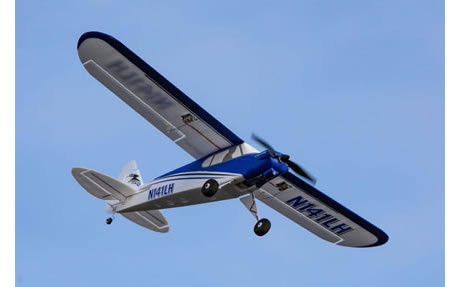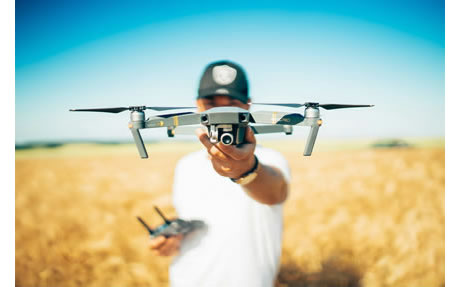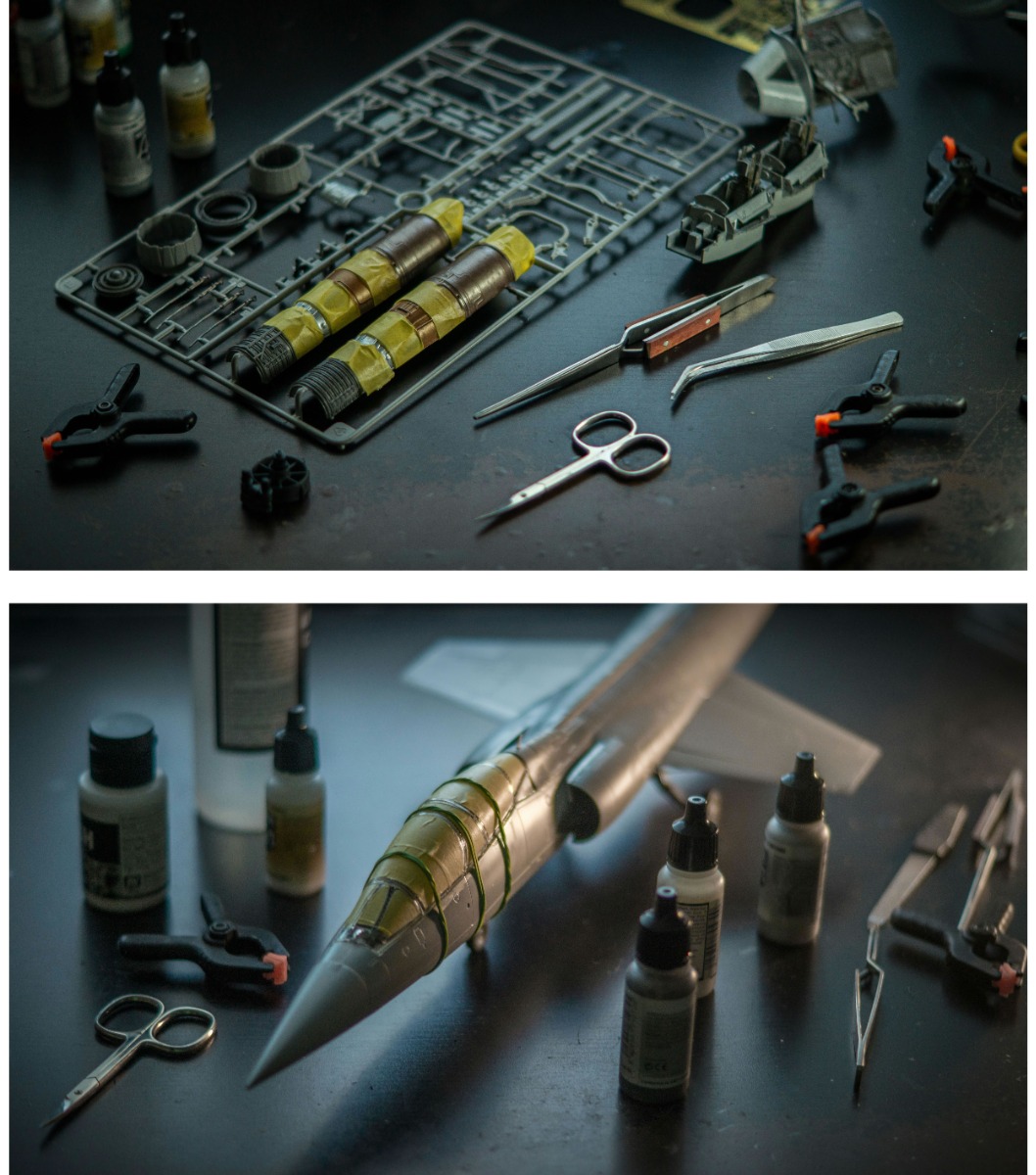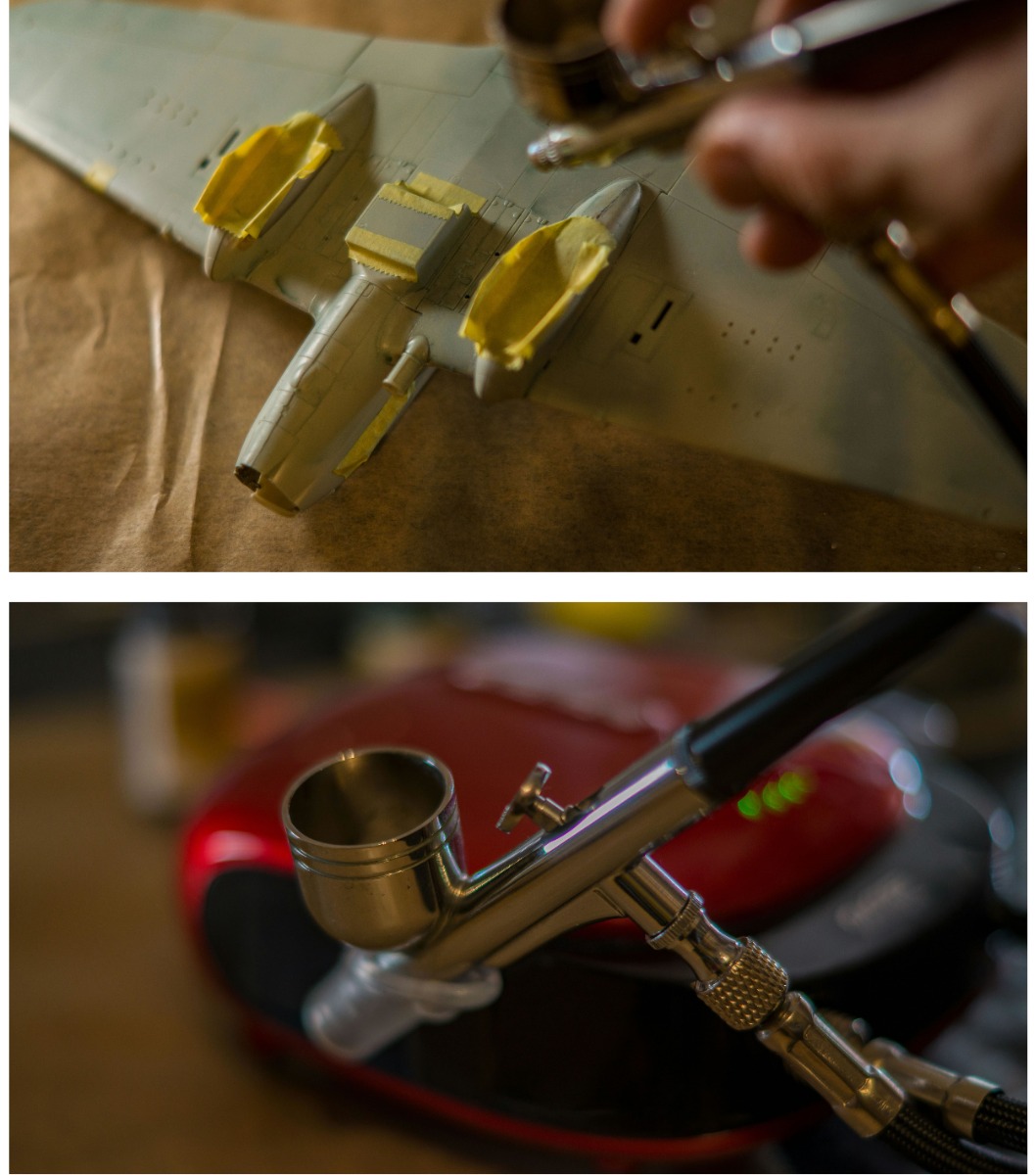Hobby 2000 1/48 Yakovlev Yak-1b GC 3 "Normandie" 1943 # 48034
Hobby 2000 1/48 Yakovlev Yak-1b GC 3 "Normandie" 1943 # 48034
ACCURATE MINIATURES + CARTOGRAF + MASKS
The Yakovlev Yak-1b was a variant of the Yak-1, a Soviet fighter aircraft that played a crucial role during World War II.
The "b" variant of the Yak-1 featured significant improvements over the original design, including a more powerful engine, enhanced aerodynamics, and a bubble canopy for better pilot visibility.
Historical Context
In 1943, the Yak-1b was used by the "Normandie" squadron, officially known as Groupe de Chasse 3 "Normandie" (GC 3). This unit was composed of French pilots who volunteered to fight alongside the Soviet Air Force against the Axis powers on the Eastern Front. The "Normandie" squadron, later renamed "Normandie-Niemen," became famous for its valor and effectiveness, and it is celebrated as one of the most successful Allied air units on the Eastern Front.
Design and Features
Engine and Performance: The Yak-1b was powered by a Klimov M-105PF engine, which provided 1,240 horsepower. This gave the aircraft a maximum speed of approximately 592 km/h (367 mph) at an altitude of 3,500 meters (11,500 feet).
Armament: The primary armament of the Yak-1b consisted of a 20mm ShVAK cannon mounted through the propeller hub and two 12.7mm UBS machine guns. This made the Yak-1b a formidable opponent in dogfights, capable of taking down both enemy aircraft and ground targets.
Construction: The Yak-1b featured a mixed construction, with a wooden fuselage and fabric-covered wings. This construction method allowed for rapid production and repair, which was essential during the intense and prolonged conflict on the Eastern Front.
Cockpit and Ergonomics: The bubble canopy introduced in the Yak-1b significantly improved pilot visibility, which was a critical factor in dogfighting and ground attack missions. The improved cockpit layout also enhanced pilot comfort and control, contributing to the aircraft's effectiveness in combat.
Operational History
The Yak-1b flown by the "Normandie" squadron in 1943 saw extensive action against German forces. The French pilots quickly adapted to the Soviet aircraft and tactics, earning respect from their Soviet counterparts and fear from their adversaries. The Yak-1b's agility, combined with the skill and bravery of the "Normandie" pilots, led to numerous victories. The unit’s successes were a testament to the aircraft's design and the pilots' determination.
The camaraderie and cooperation between the French and Soviet forces symbolized the broader Allied effort against the Axis powers. The "Normandie" squadron's legacy is celebrated in both France and Russia, highlighting the unique and crucial role of international collaboration in achieving victory during World War II.























 Spread the cost with Paypal Credit
Spread the cost with Paypal Credit
 Spread the cost with Klarna
Spread the cost with Klarna












